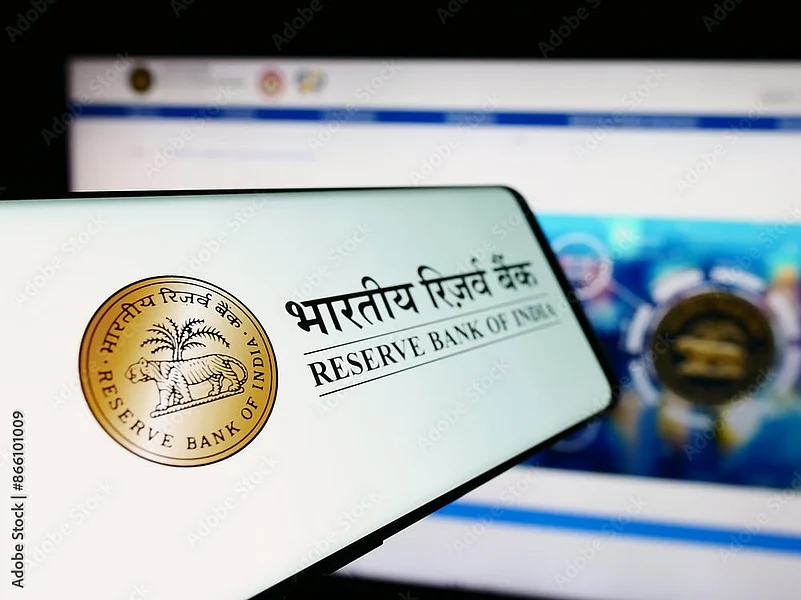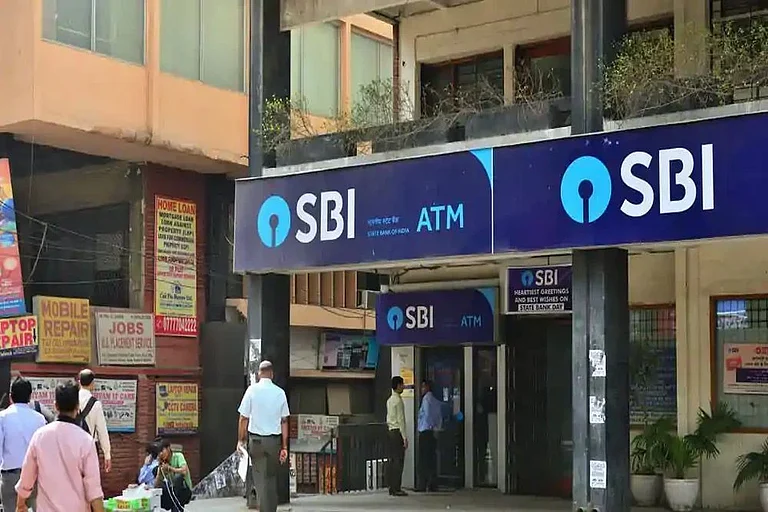Latest data released by the Reserve Bank of India (RBI) on sectoral deployment of bank credit indicates that bank credit growth has slowed substantially in financial year 2024-25. The overall credit growth rate now stands at 12 per cent this year from a much higher 16 per cent last year. This decline in credit growth is a result of the effect of stricter regulations, particularly in areas such as unsecured retail lending and services.
The slowdown was seen in major areas, such as agriculture, infrastructure, retail and services. However, loans extended to industries did not change much and remained constant from the last year. Industry lending, which is a significant component of manufacturing, grew by 8 per cent year-on-year (y-o-y) as on March 21, 2025, the last fortnight of the fiscal reporting. This was the same growth rate that was clocked in the corresponding period in the previous year.
One of the main reasons for the overall decline in credit growth is the regulatory tightening brought in by RBI to contain the growth in unsecured loans. Such loans, which are usually provided without any collateral, are perceived to be riskier. In order to provide stability to the financial system, the RBI raised the capital requirement for banks and non-banking financial companies (NBFCs) providing such loans. This action seems to have resulted in a decline in loan demand for the retail and services sectors.
In its monthly bulletin, the RBI also cited the high base effect as a factor for the lesser growth. The high base for the previous year implies that although the figures of the current year may be large, the growth percentage will seem smaller in relation.
Retail Credit Up 14 Per Cent, Still Lower Than Previous Year
Retail credit, covering loans by individuals for personal expenditures, housing, auto, and credit cards, rose by 14 per cent until March 21, 2025. Yet this was slower compared to the 17.6 per cent rise in the corresponding period last year. Weakening growth in 'other personal loans', vehicle loans and credit card dues were responsible for the slack.
Finance to the services sector saw a significant decline, too. The y-o-y growth rate came down to 13.4 per cent compared with a significantly higher 20.8 per cent during the same fortnight in the previous year. This was primarily because credit flow to NBFCs had slowed down. RBI, however, mentioned that credit to industries, such as professional services and trade continued to be robust while overall lending in the services sector was easing.
Loans Against Gold Jewellery On Rise, Clean Energy, Industrial Sector See Sharp Loan Growth
Some segments defied the trend and achieved high growth. Most noteworthy was loans against gold jewellery, which posted a sharp upswing. This coincides with an almost 50 per cent hike in gold prices in the last 12 months. Therefore, lending against gold doubled over two times versus 15 per cent growth of the previous year.
Another sector that registered remarkable growth was the clean energy segment. Lending to this sector went up by a whopping 79 per cent, a significant rise compared to the 30 per cent growth in the preceding year. This increase was in alignment with rising investments in green energy as well as the government’s push towards cleaner forms of energy, according to the RBI data.
At the same time, in the industrial sector, some industries like petroleum, coal products, nuclear fuels, basic metals, and construction saw greater credit growth than in the previous year. On the other hand, lending to infrastructure decelerated, indicating potential wariness of large-scale capital projects.
Overall, the RBI’s data hinted at a cooling in credit expansion across most areas of the economy in FY25. The combination of tighter rules for riskier loans and the effect of a strong performance last year possibly led banks to become more selective in their lending practices However, strong growth in areas like renewable energy and secured loans against gold indicate that focused lending in specific sectors was still strong.














